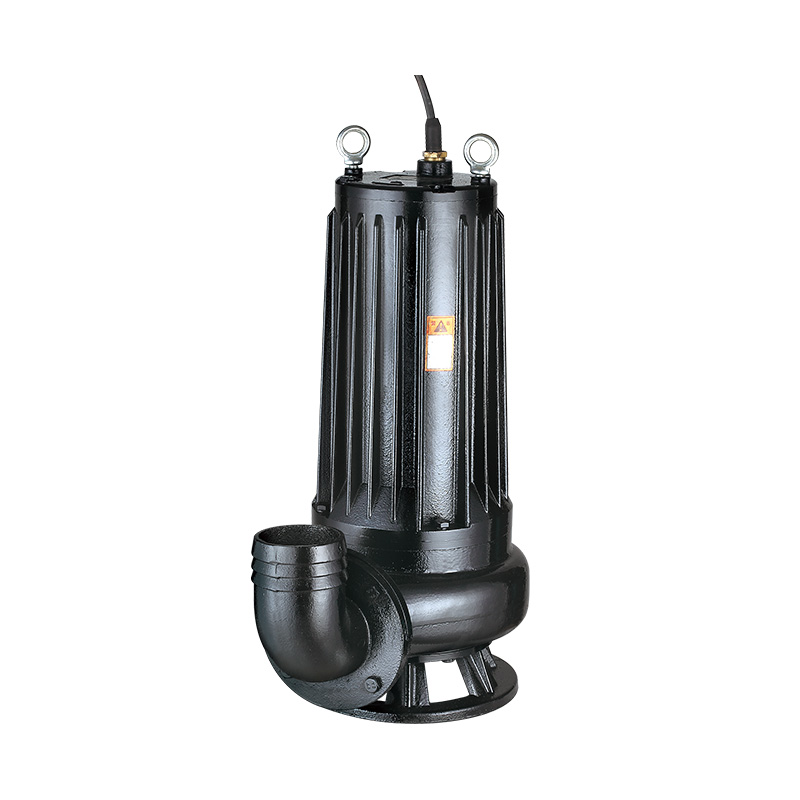Stainless steel self-priming centrifugal water pumps are essential equipment in numerous sectors, including agricultural irrigation, industrial water circulation, municipal supply, and construction dewatering. Their unique ability to evacuate air and initiate pumping without manual priming makes them suitable for systems where water delivery may not be constant or where suction lift is required. The production of these pumps involves a series of precise, well-structured processes that combine material science, mechanical design, manufacturing techniques, and quality control.
1. Material Selection and Preparation
The step in producing a stainless steel self-priming centrifugal water pump is the careful selection of materials. The primary component—stainless steel—is chosen for its corrosion resistance, strength, and suitability for potable and process water. Grades such as 304 and 316 stainless steel are commonly used. While 304 is widely applied in general water systems, 316 is preferred for environments with higher chloride content or more demanding corrosion conditions.
Raw stainless steel sheets, rods, and castings are sourced and inspected for uniformity, chemical composition, and compliance with industry standards. These materials are then cut or shaped into rough forms suitable for further processing. Proper material selection is fundamental for ensuring that the pump will withstand long-term exposure to water and environmental elements without compromising performance.

2. Component Manufacturing
Once the raw materials are prepared, individual components of the pump are manufactured. These include the volute casing, impeller, shaft, mechanical seal housing, motor coupling, and suction and discharge ports.
Casing and impellers are often cast using precision casting techniques or manufactured through CNC machining, depending on the production scale and design complexity. The volute shape is optimized to convert the kinetic energy from the impeller into pressure efficiently.
Impellers are balanced and polished to minimize turbulence and ensure efficient fluid movement.
Pump shafts are machined to tight tolerances and are often heat-treated to improve mechanical durability.
Mechanical seals and bearing housings are produced to exact specifications to prevent leakage and ensure quiet operation.
Each of these components undergoes dimensional checks to verify adherence to design tolerances before moving to the assembly stage.
3. Assembly of the Pump Unit
In the assembly phase, the machined components are systematically brought together. The impeller is mounted onto the shaft, which is housed within the bearing assembly. This rotating assembly is inserted into the pump casing, and precision seals are applied to avoid leaks.
The motor and pump housing are aligned carefully to ensure minimal vibration and consistent shaft rotation. In stainless steel self-priming centrifugal water pumps, special attention is given to the self-priming chamber and air-water separation pathways. These features allow the pump to remove air from the suction line and maintain a water column even after the pump stops, facilitating quick re-priming on restart.
Fasteners and gaskets used during assembly are also corrosion-resistant, often made from stainless steel or suitable polymers. Each part is torque-tested to ensure a secure fit.
4. Surface Treatment and Finishing
After assembly, surface treatment is applied to enhance appearance and corrosion resistance. Stainless steel components are typically polished or passivated to remove surface impurities and improve resistance to pitting. For pumps intended for aesthetic or hygienic environments, mirror polishing may be applied.
Some manufacturers use electropolishing for a clean, smooth surface that reduces residue buildup and is easier to clean—particularly useful in food-grade or pharmaceutical applications.